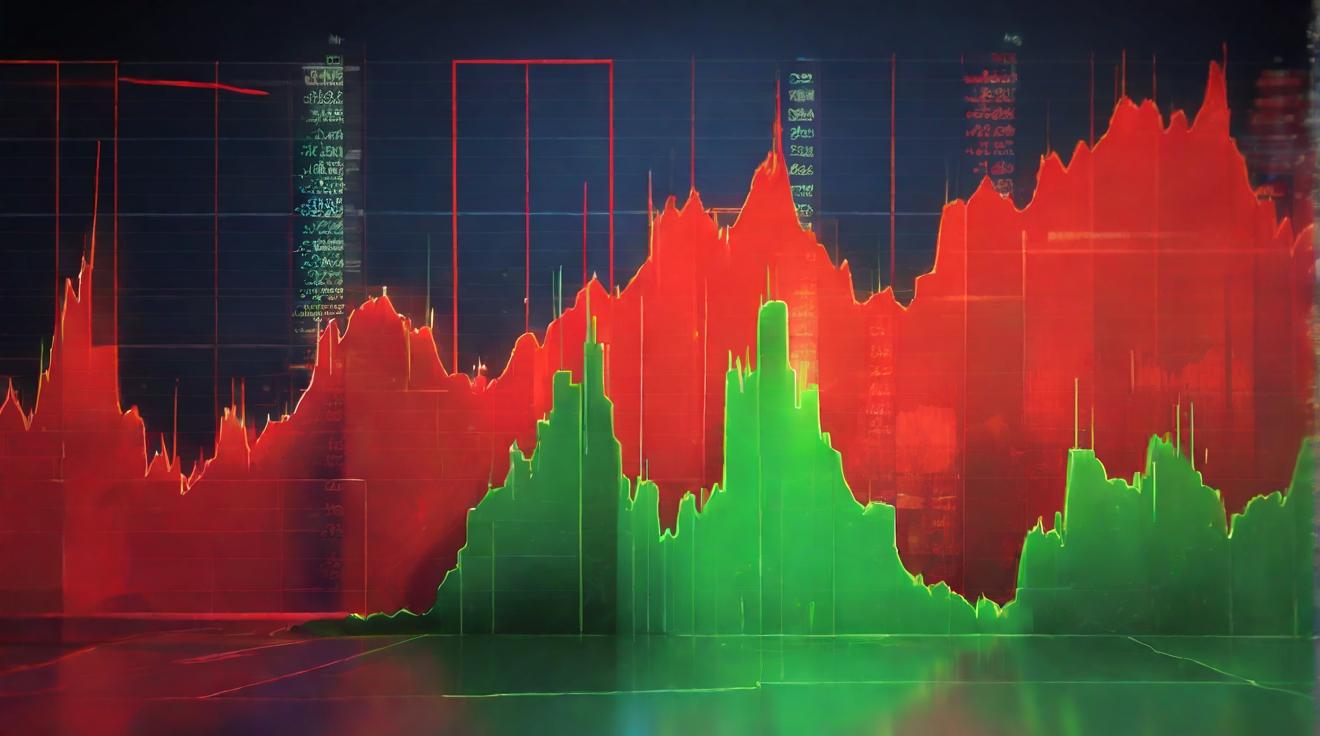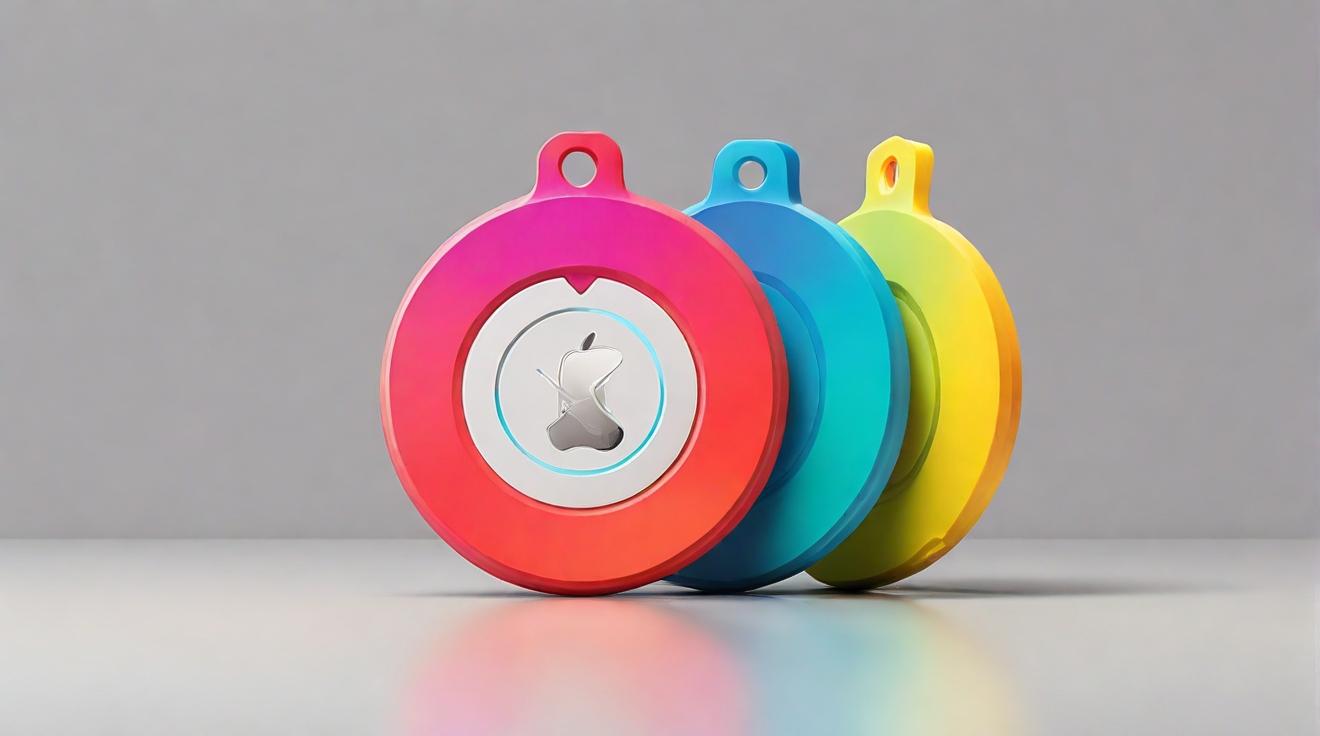SpaceX to Deorbit 100 Starlink Satellites Due to Detected Flaw
SpaceX, the leading aerospace company founded by Elon Musk, is set to remove approximately 100 Starlink satellites from low Earth orbit (LEO) due to a detected flaw. Currently, there are over 5,400 functioning Starlink satellites in orbit, but with plans to deploy tens of thousands more, ensuring the safety and sustainability of space is a top priority for SpaceX.
Typically, it takes around five years for a Starlink satellite to naturally deorbit as a result of atmospheric drag. However, in a proactive move to maintain space safety, SpaceX has decided to deorbit a large batch of satellites that have a common issue. These early-version 1 Starlink satellites are currently maneuverable and serving users effectively, but the identified flaw could increase the probability of future failures.
SpaceX will conduct controlled descents over the next several weeks and months, with the entire process expected to take around six months to complete. The satellites chosen for deorbiting will still be able to avoid collisions with other satellites during their descent. SpaceX assures its customers that Starlink services will remain uninterrupted, and replacement units will not be a problem, as the company is capable of launching up to 200 Starlink satellites each month.
The deorbiting of Starlink satellites is not a new task for SpaceX. To date, they have disposed of 406 satellites out of the nearly 6,000 launched. Seventeen of these satellites are currently non-maneuverable but are expected to decay and burn up in Earth’s atmosphere over time. However, deorbiting such a large batch of satellites within a short period is an unusual occurrence.
This incident highlights the challenges and uncertainties of managing massive satellite networks. While regulations are slowly being implemented to address the issue of space debris, specific situations like this present unique challenges. The Federal Communications Commission (FCC) recently adopted a rule requiring satellites in LEO to deorbit within five years after completing their mission. However, this rule does not address situations where mass-produced satellites share a common flaw.
As space becomes increasingly crowded with satellites, the need for comprehensive space traffic management and international cooperation becomes crucial. Detecting and addressing potential flaws in advance is essential for the long-term sustainability and safety of orbital environments. Implementing and adhering to standards will be key in preventing risks associated with deploying large numbers of satellites.
In conclusion, while SpaceX’s decision to deorbit 100 Starlink satellites demonstrates their commitment to space safety, it also raises important questions about the overall sustainability and safety of satellite constellations. Improving technology for tracking assets in space and establishing effective space traffic management measures are vital for the future of space exploration and communication.
Analyst comment
Positive news: SpaceX’s proactive move to deorbit 100 Starlink satellites due to a detected flaw demonstrates their commitment to space safety. They assure customers that Starlink services will remain uninterrupted, and replacement units will not be a problem.
Analyst’s opinion: SpaceX’s decision will ensure the safety of space and prevent future failures. The market will remain stable as SpaceX has the capability to launch replacement satellites each month.













